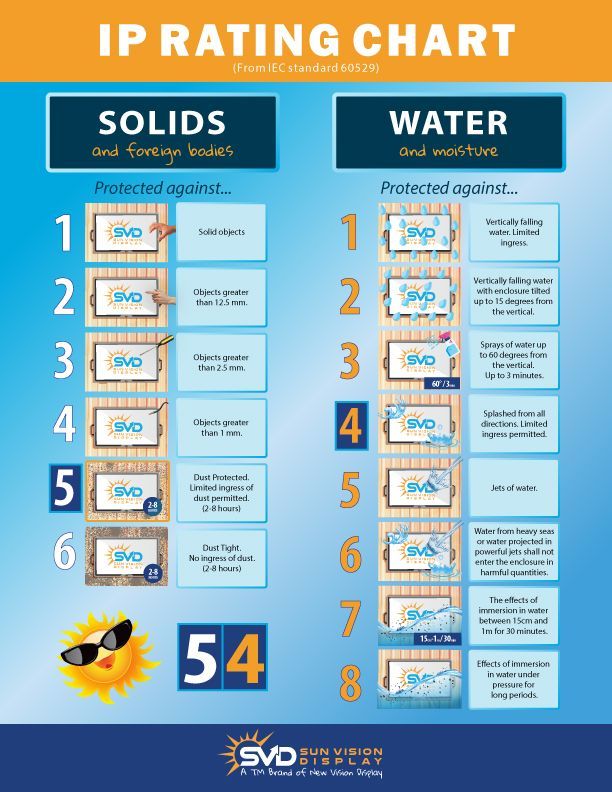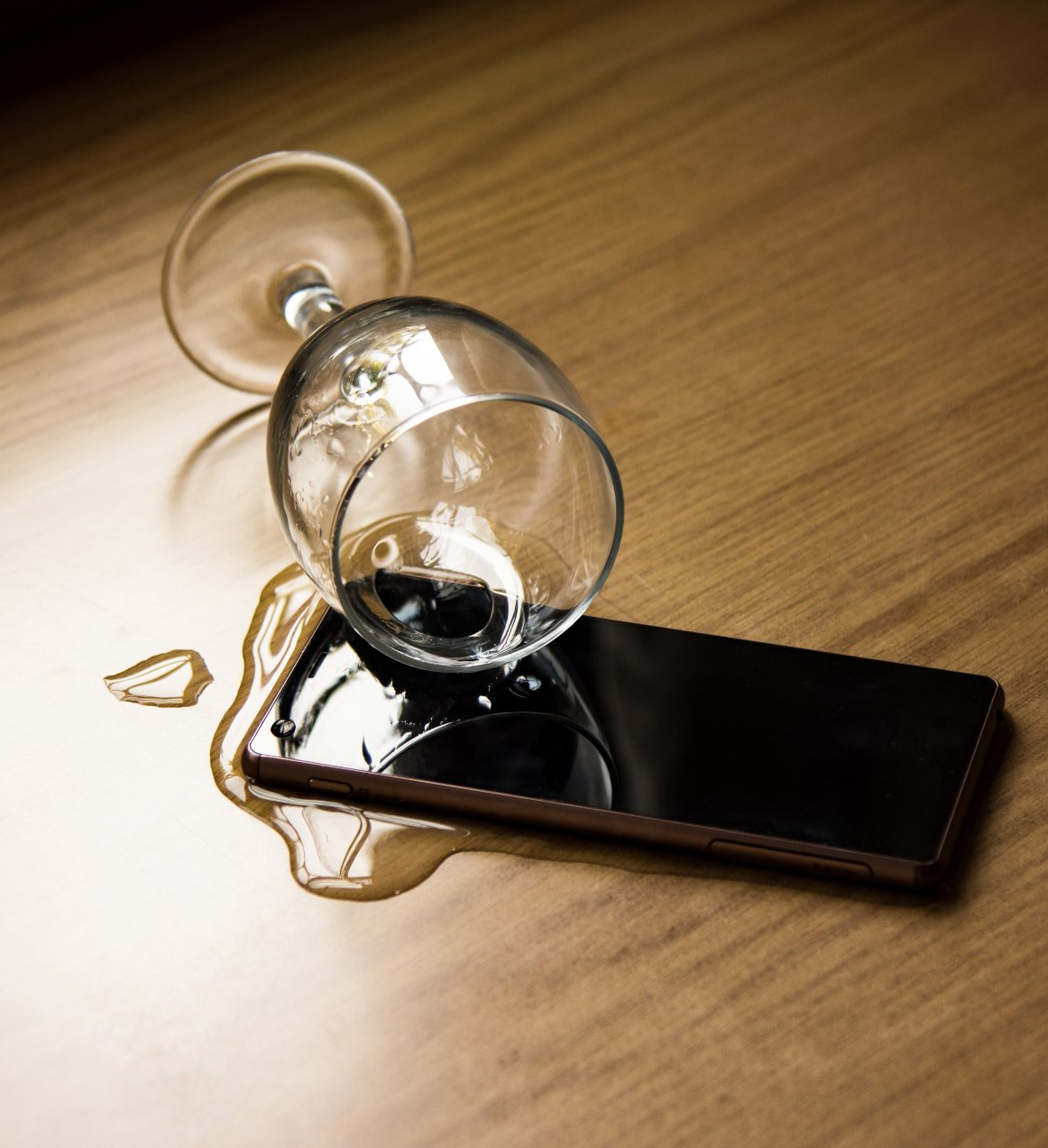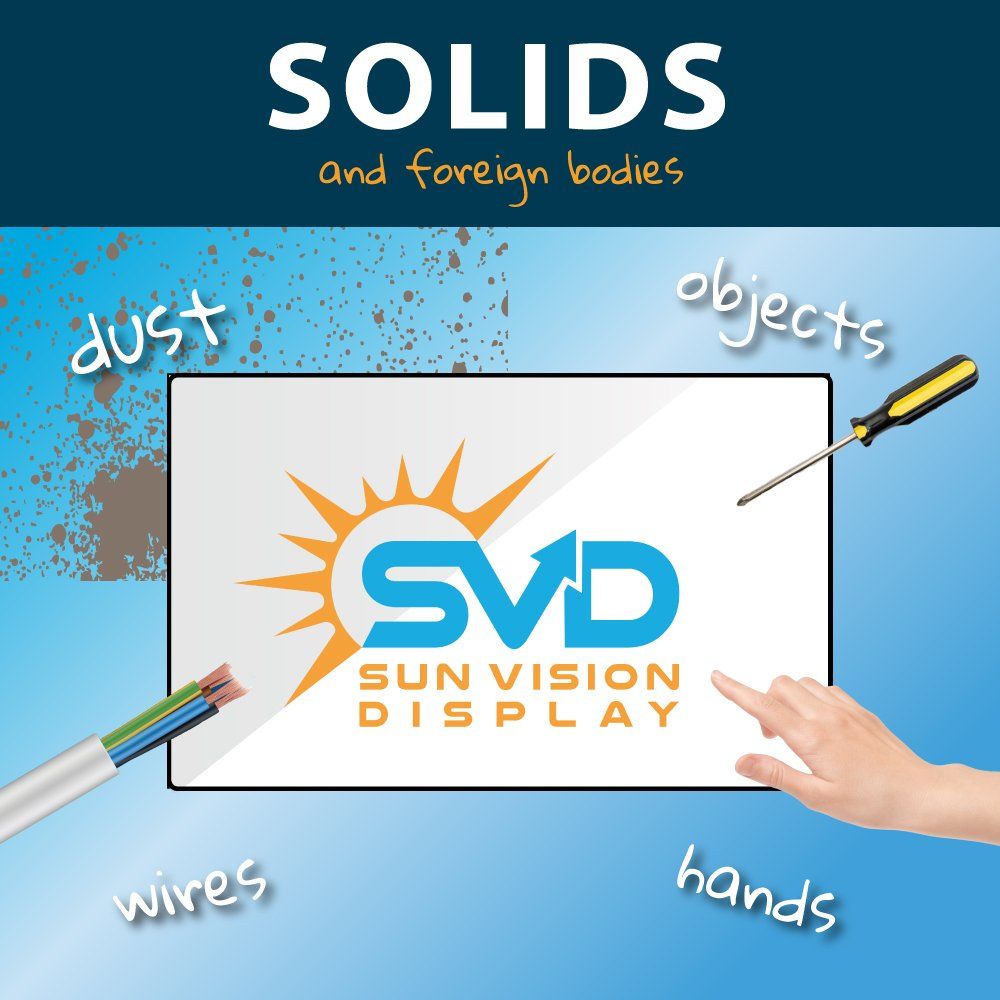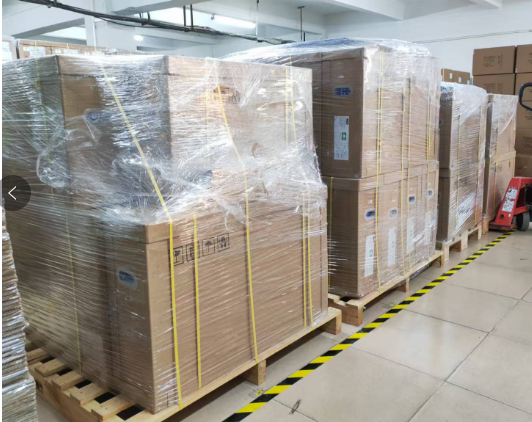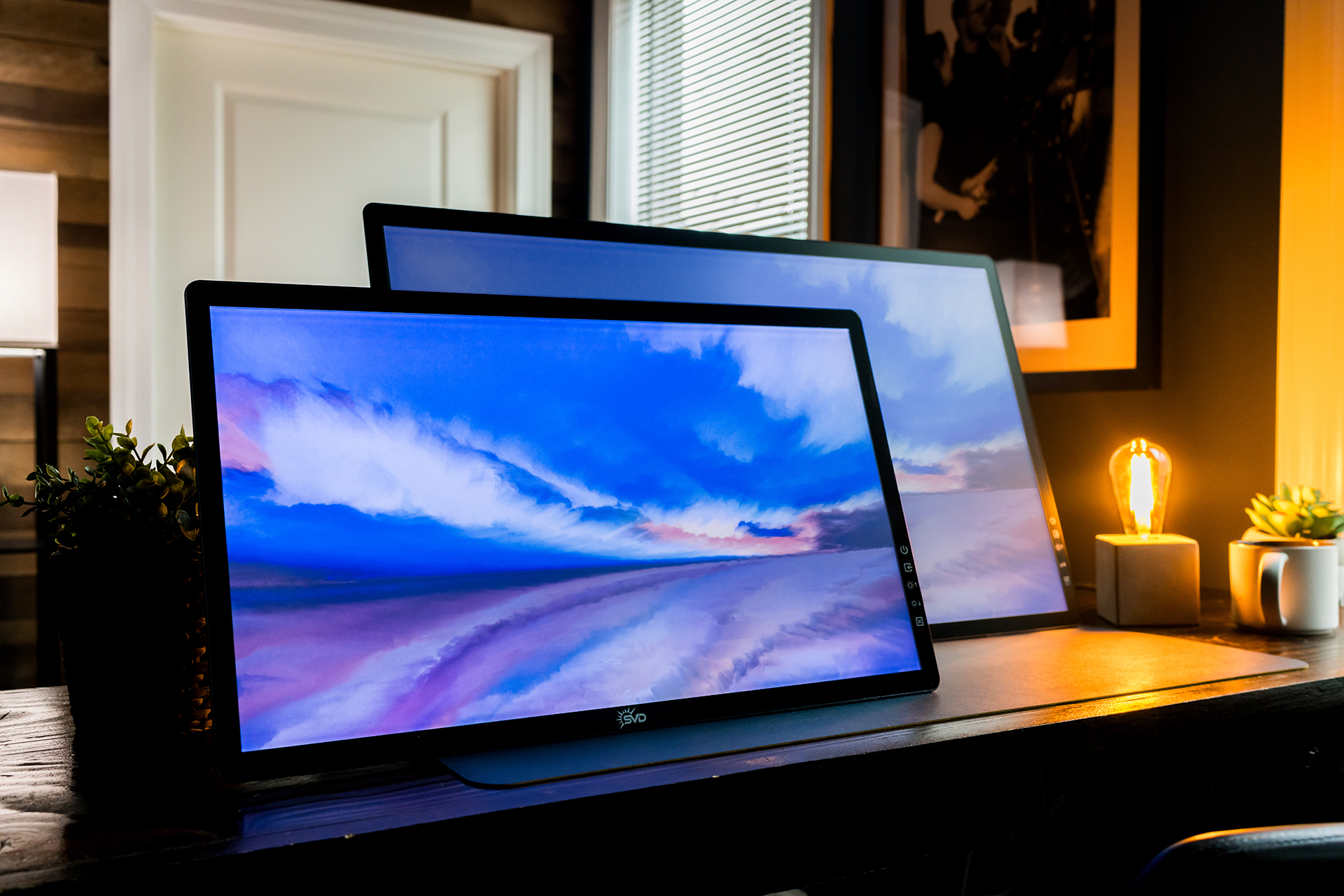IP Rating: What is it exactly and what does it mean?
If you’ve bought any kind of consumer electronics lately, you’ve probably seen or heard it has a certain IP Rating . You’re also likely aware that it has something to do with how durable the device is and if it can be dropped in a toilet or not without combusting. While you aren’t far off, there’s a little more that goes into IP Ratings and it’s important to take a closer look. Not all electronic devices need the highest IP Rating to be a good solution for you. We’ve done the dirty work of condensing down everything you need to know (including a full color chart!) so you can make the best decisions regarding your next purchase AND impress all your friends along the way.
What does IP stand for anyway?
First IP Number: Solids
Second IP Number: Liquids
The second digit of the IP Rating is the Liquids category. This the one that gets the most excitement from consumers, especially those members of the "Potty Droppers Party". This part of the rating is broken down into 8 different levels and once again, conveniently numbered 1-8. There are more nuanced differences between levels 1-7, in terms of how water can potentially enter the device and at which point some ingress is acceptable, but that distinction is for a different day. Instead this time, we’ll work backwards – and not just because we can. An IP Rating of X8 (48,58, etc.) would mean that the device is fully “waterproof”, or protected against all kinds of ingress from water, including immersion, when exposed for long periods of time. Only Level 8 offers such protection and more, it is a highly coveted rating for those devices that can achieve it. From there, a rating of X7 is considered water “resistant” and can withstand immersion of water for specific periods of time, but not indefinitely. Ratings 5 and 6 cover water that is forcefully sprayed at a device, while 1-4 focus on exposure to weather (rain) and incidental splashes. Ratings 1-7 have exceptions for some water to ingress, and will include conditions such as, “but not in harmful quantities.” This shows you just how difficult it is to prevent a liquid from ingress. These categories wouldn’t exist otherwise, and you would have either a YES or NO selection to answer the question, “Can it get wet”? It is important to acknowledge that depending on how you want to use your device or the level of protection you may add to it after purchase, it’s OK to own a device that isn’t technically “waterproof”. Besides, there are other challenges to achieving an IP 68 Rating that sometimes limit the internal technology. The IP Rating can have a direct influence on the overall product design of the electronics and it isn’t ice’s performance.
WANT TO KNOW MORE?
Contact Us


